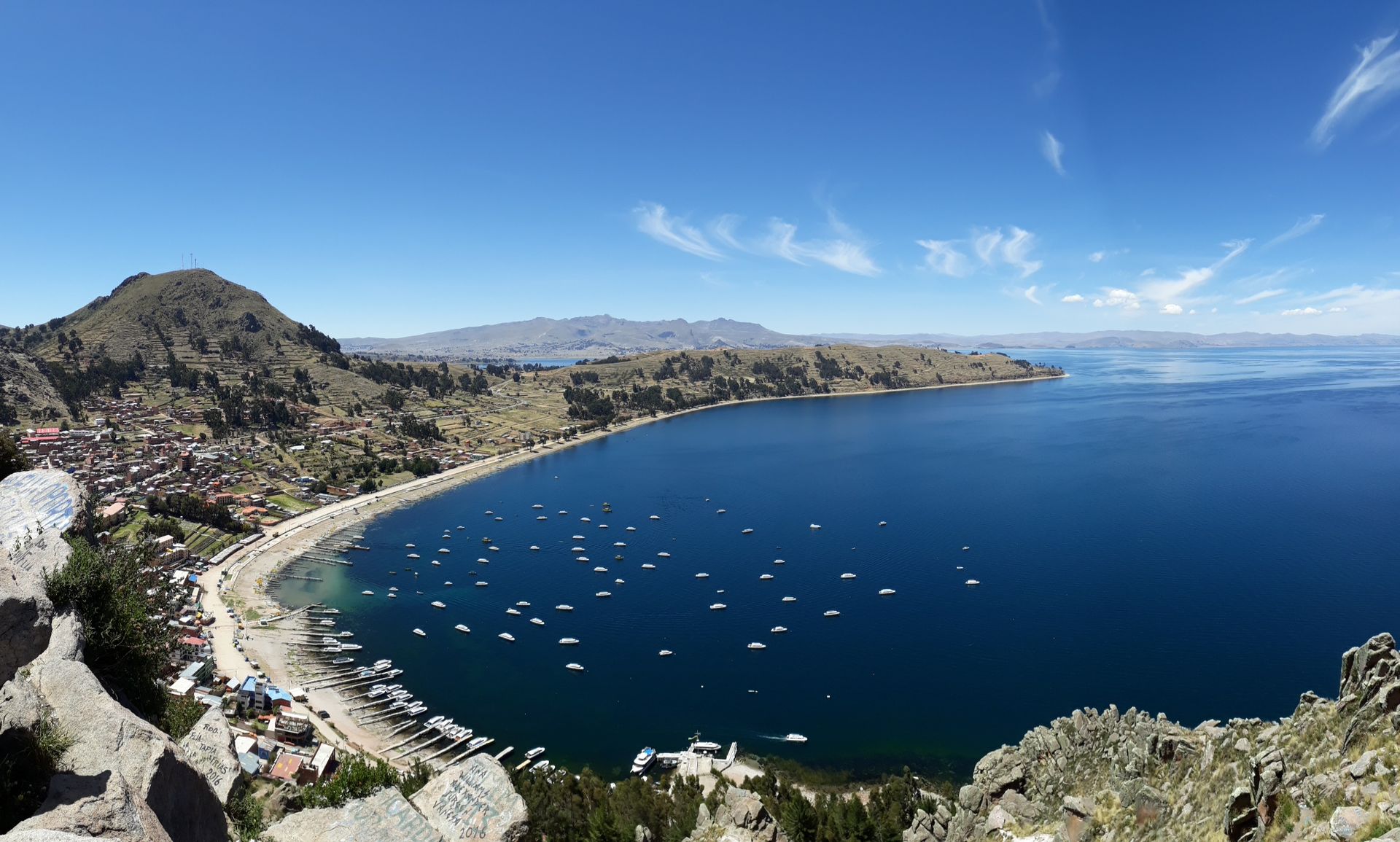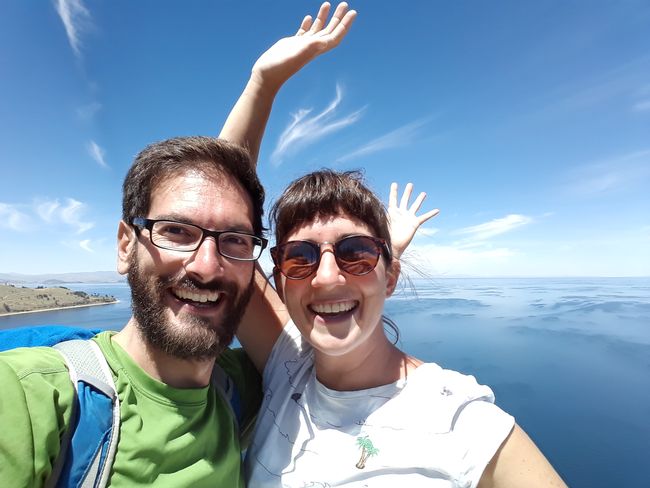Honduras - Utila as well as Nicaragua - Leon and Ometepe
പ്രസിദ്ധീകരിച്ചു: 06.07.2017
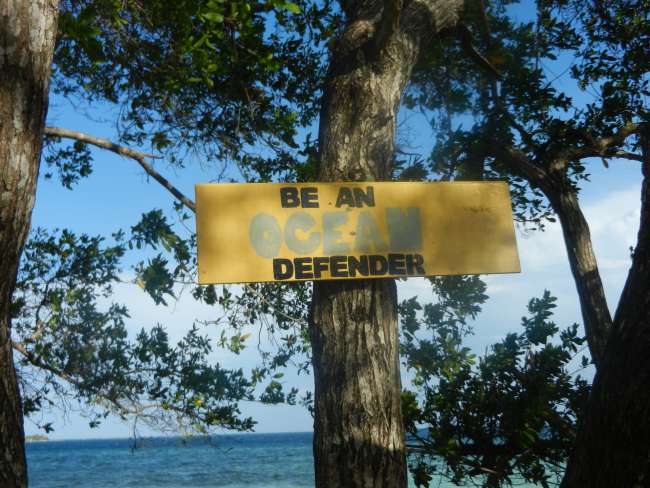
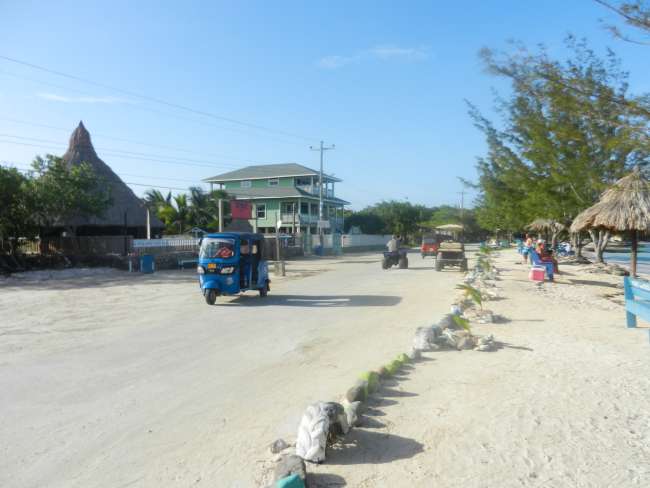
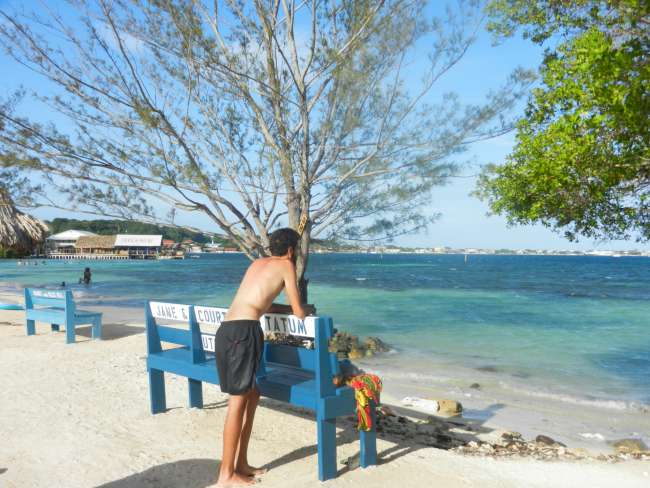
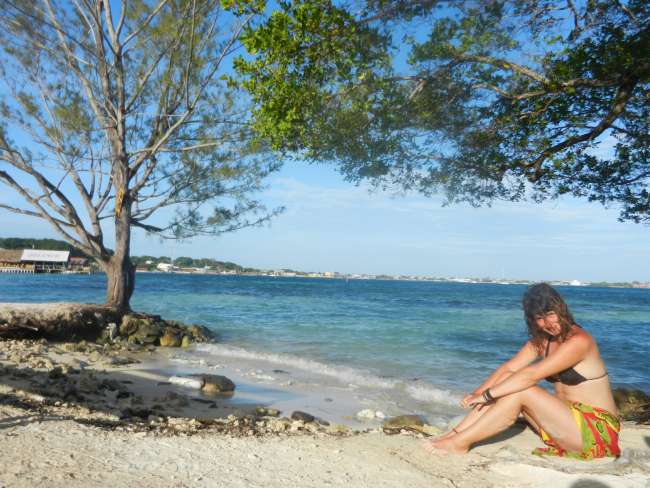
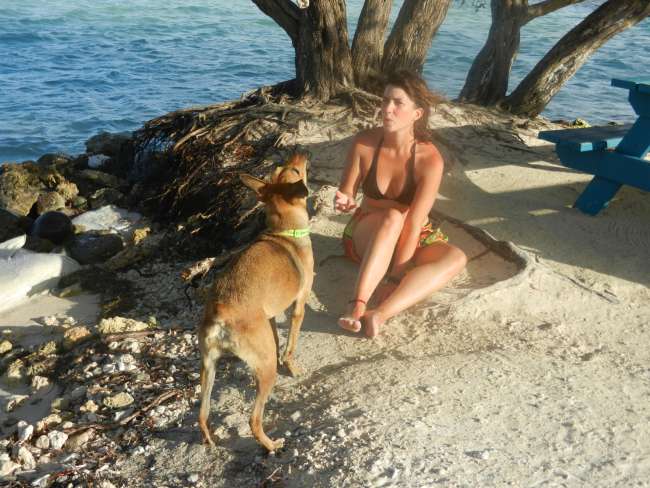
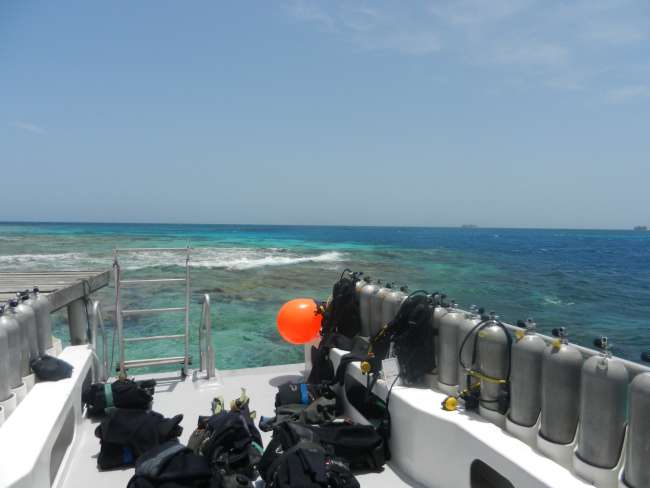
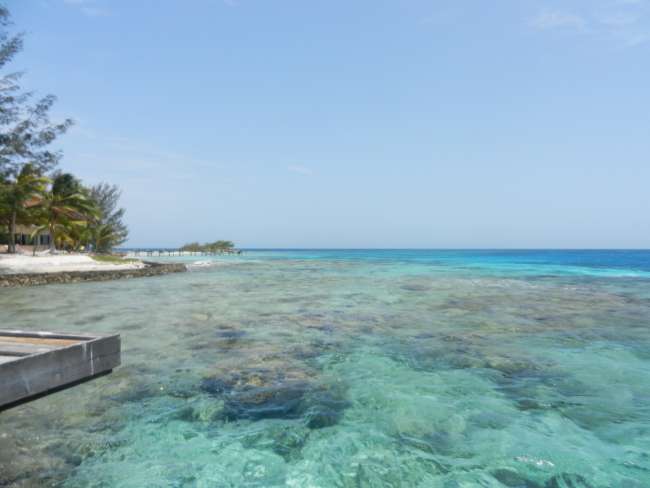
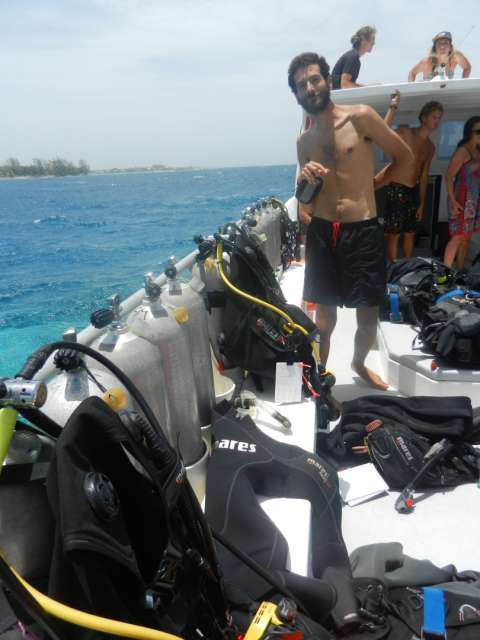
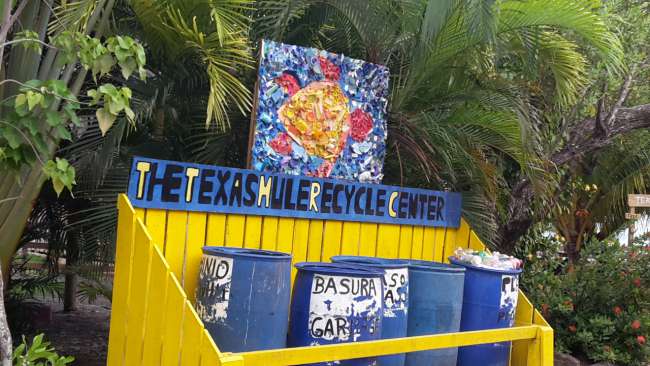
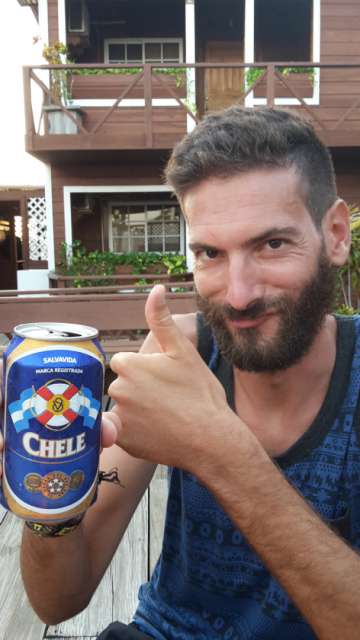
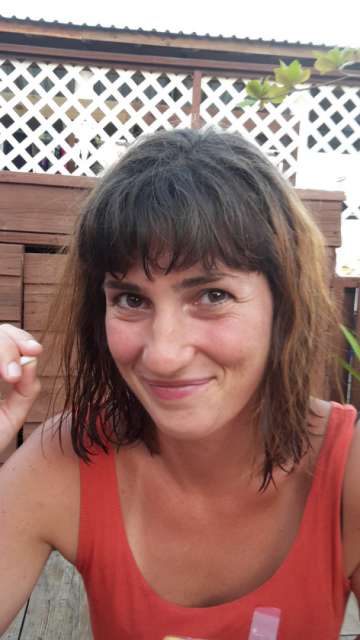
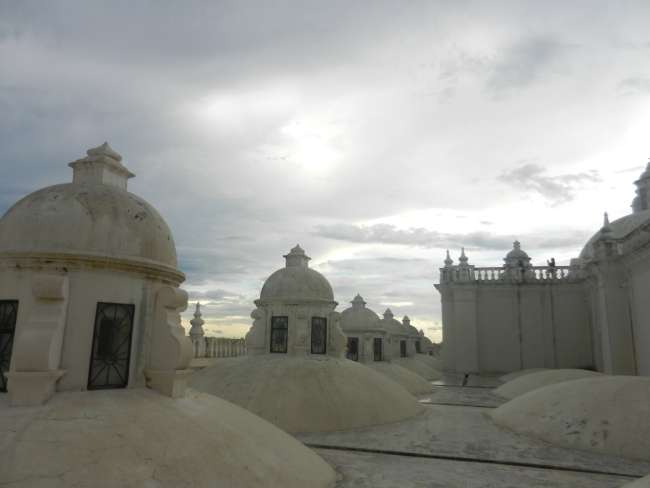
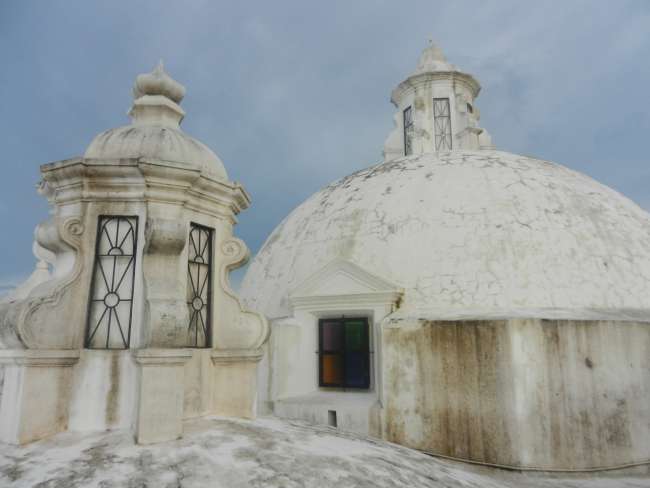
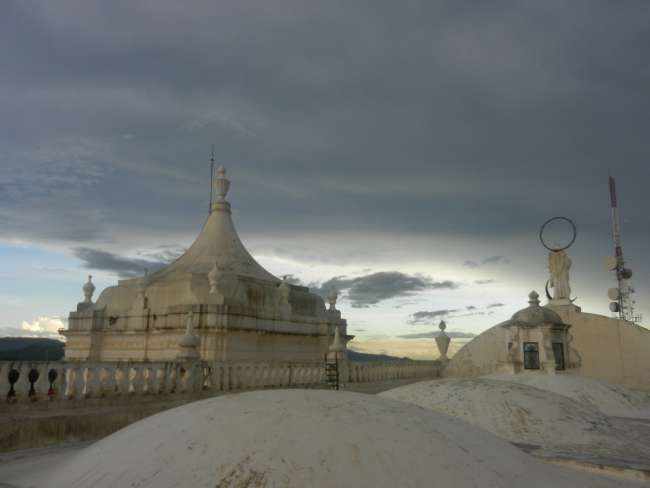
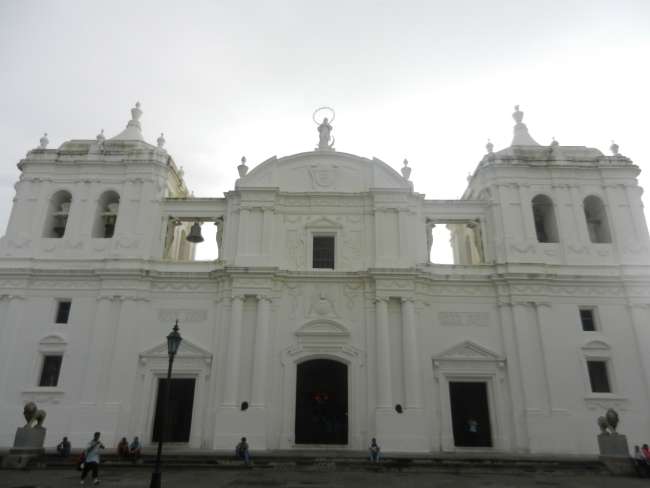
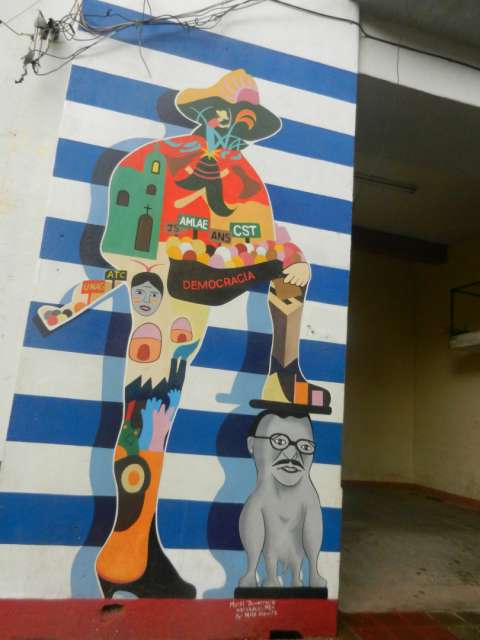
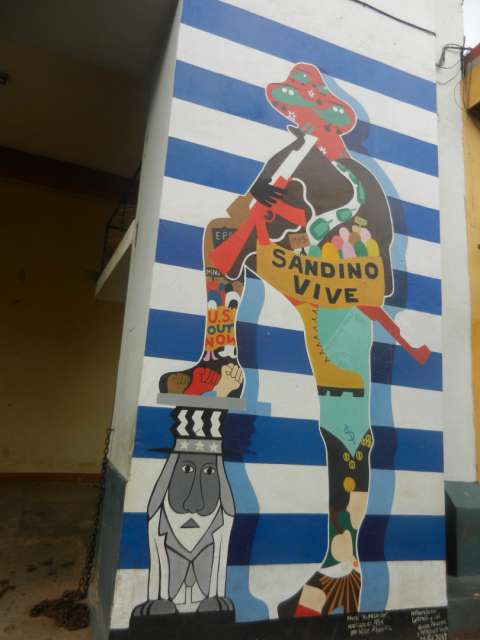
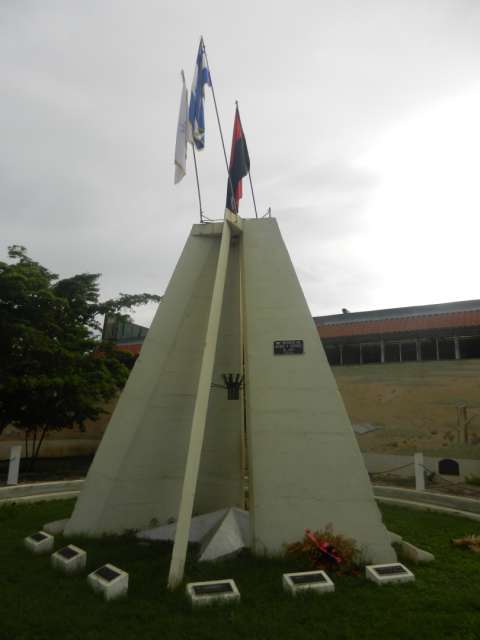
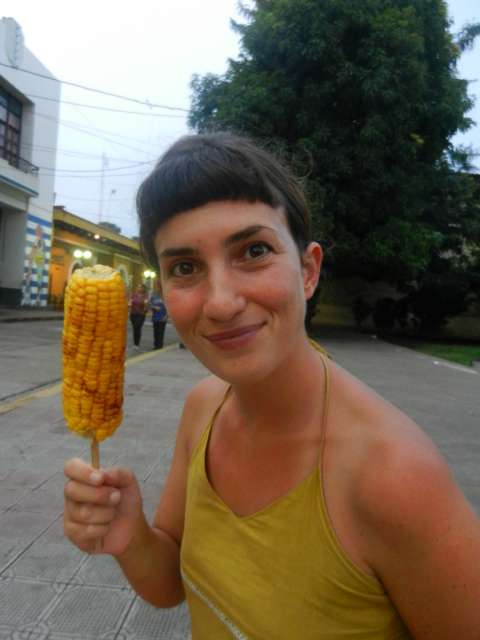
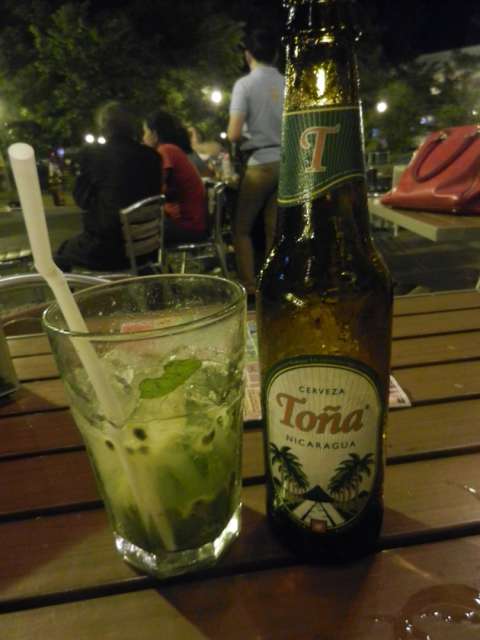
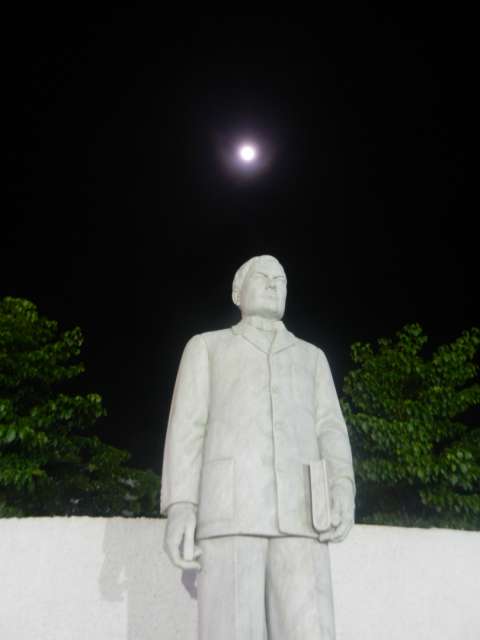
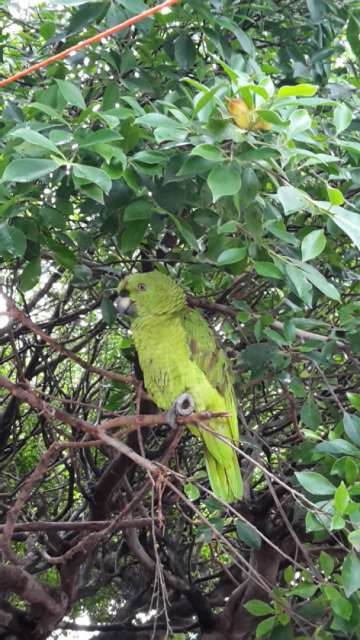
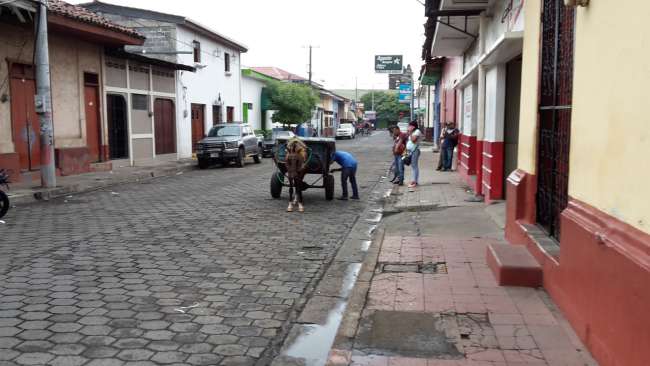
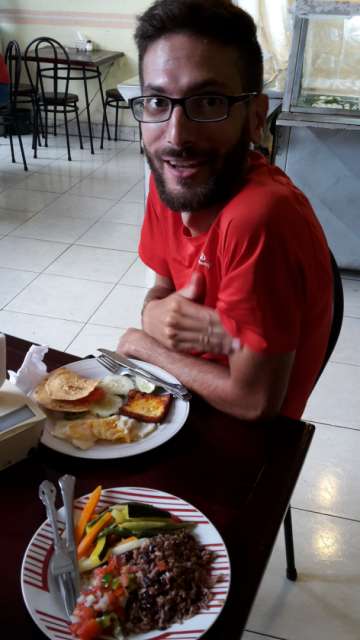
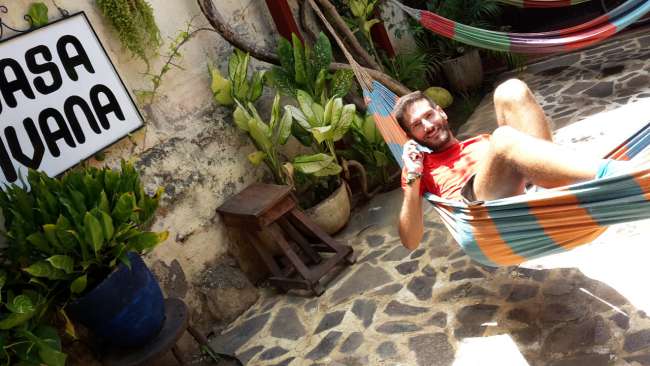
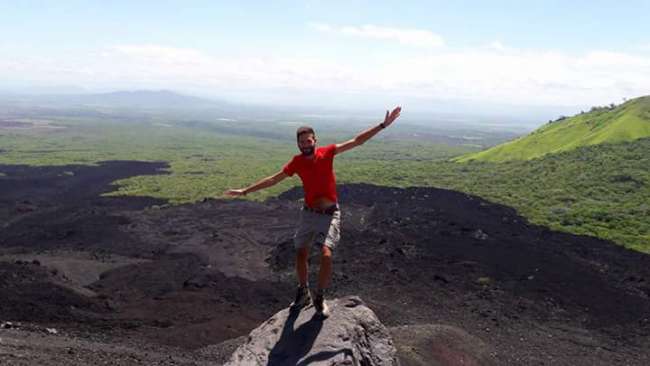
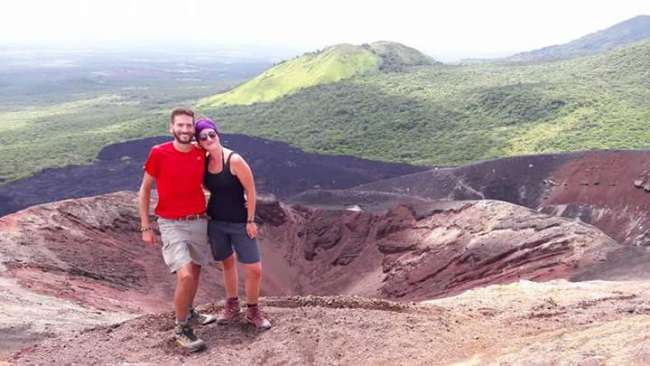
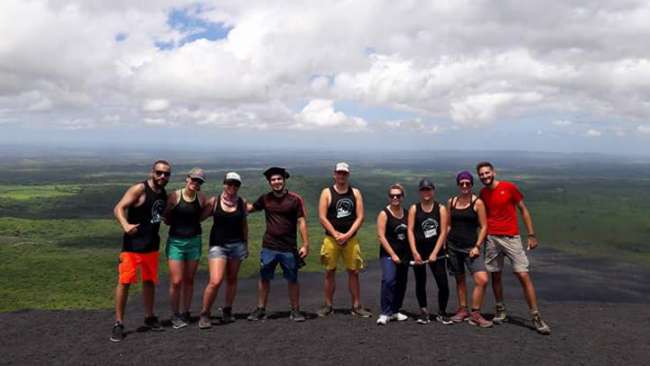
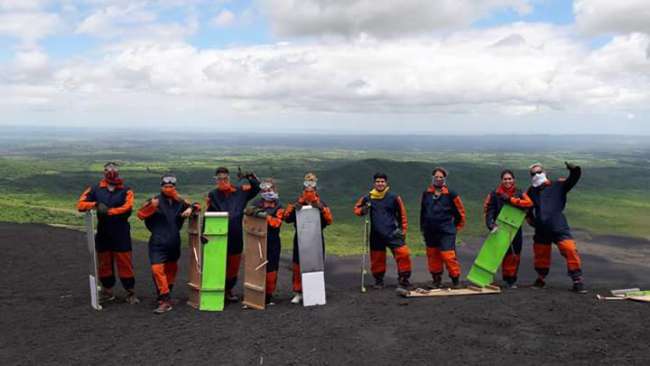
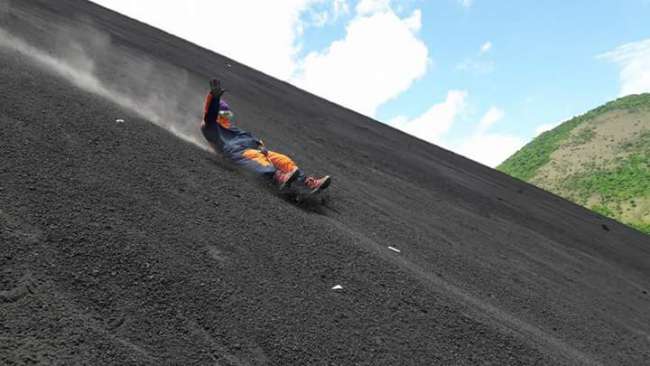
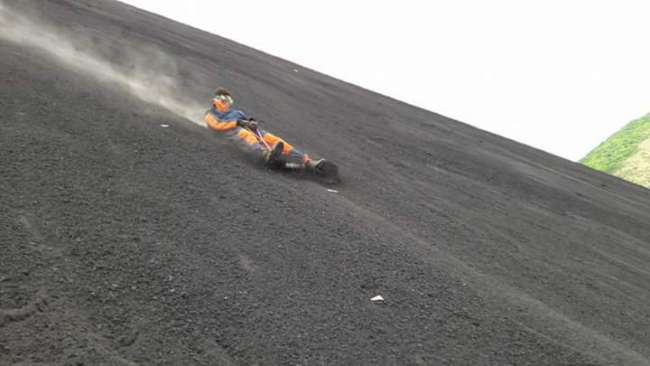
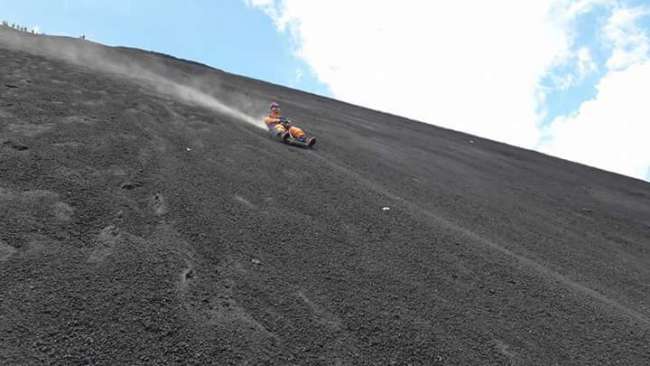
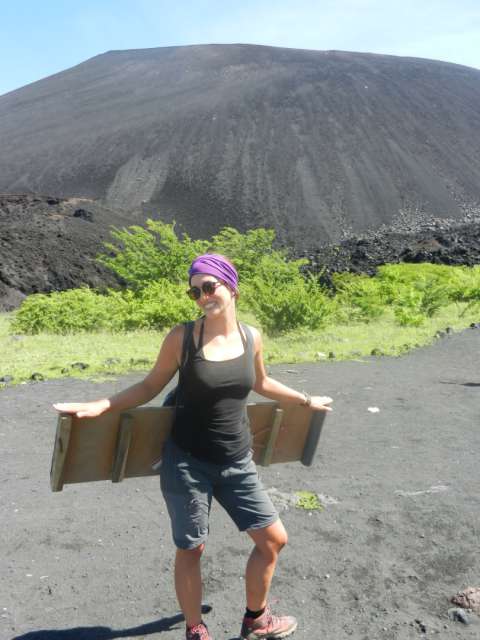
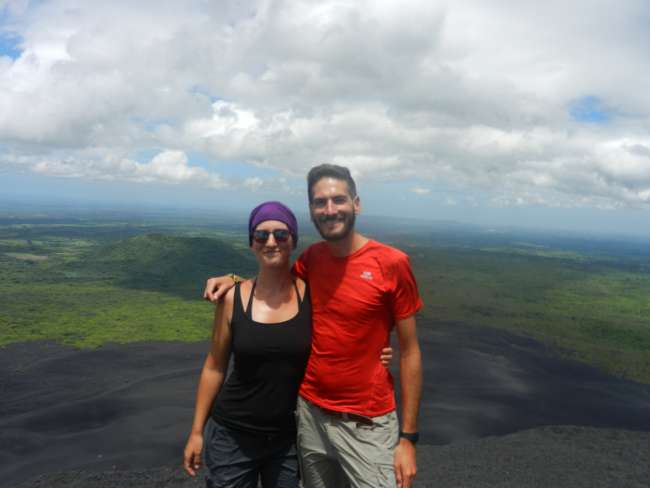
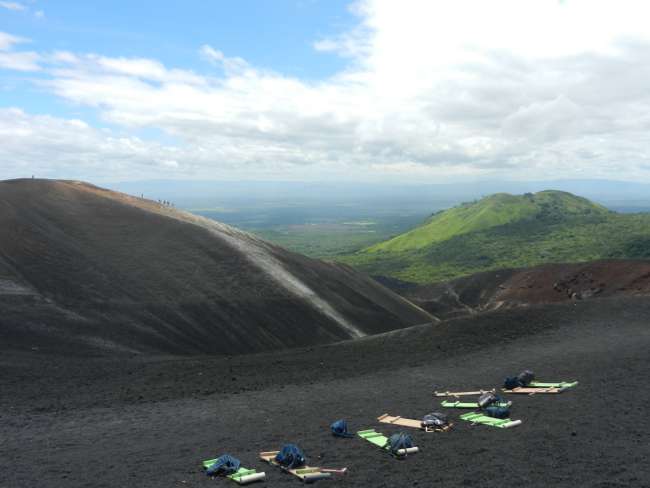
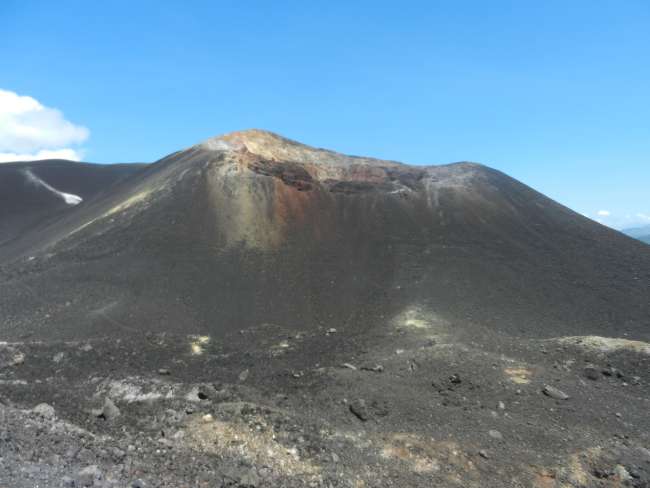

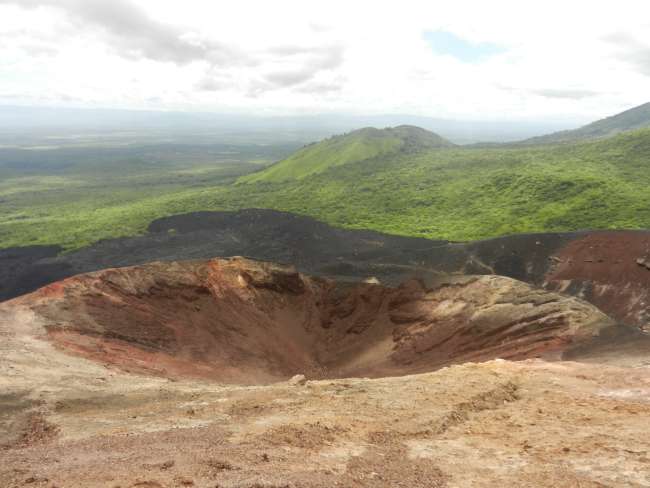
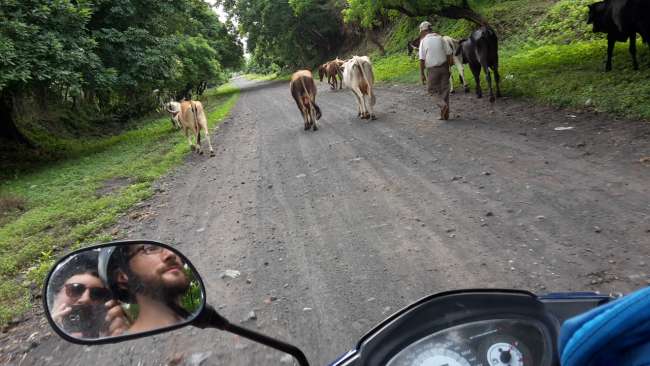
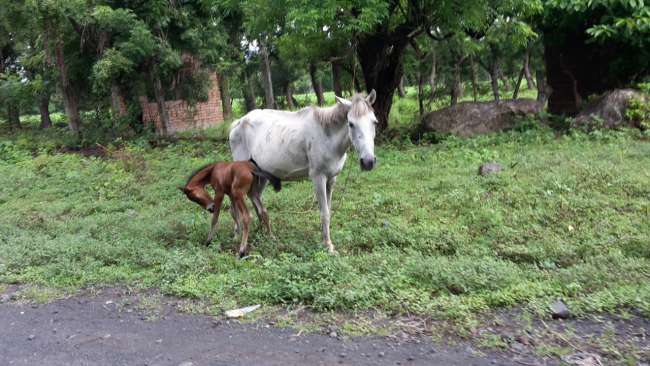
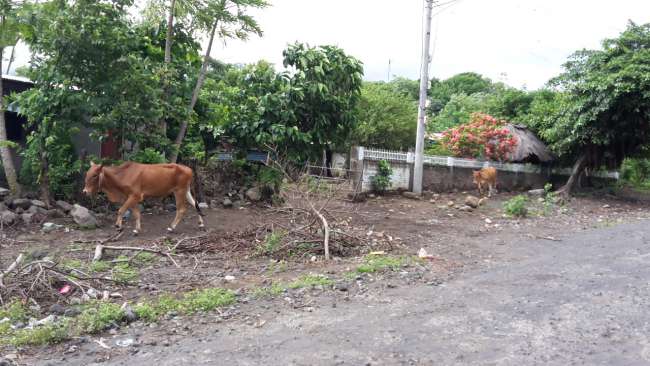
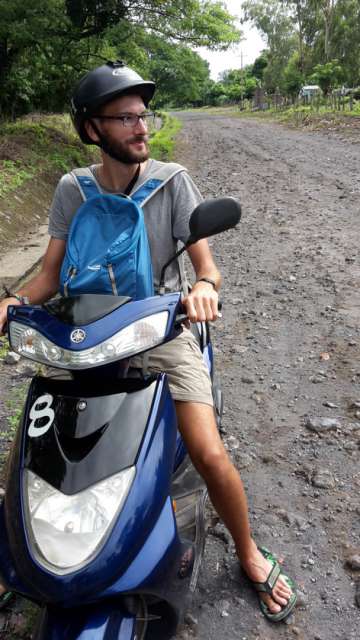
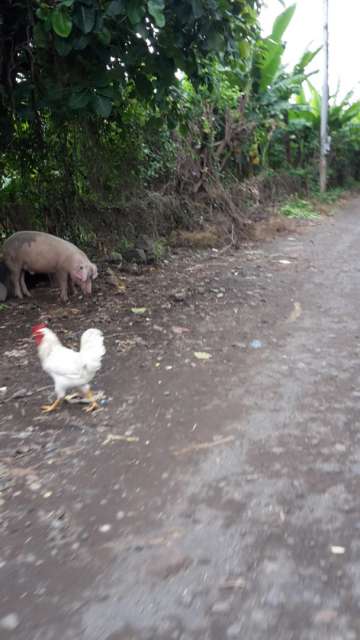
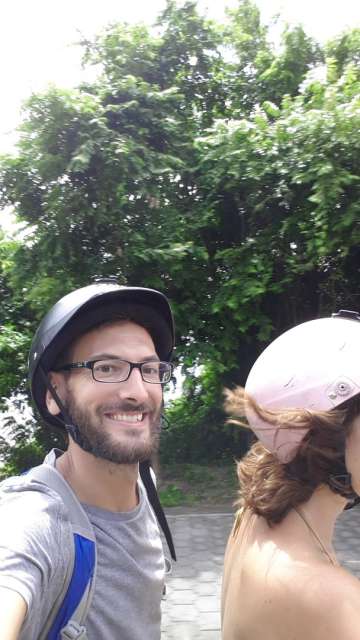
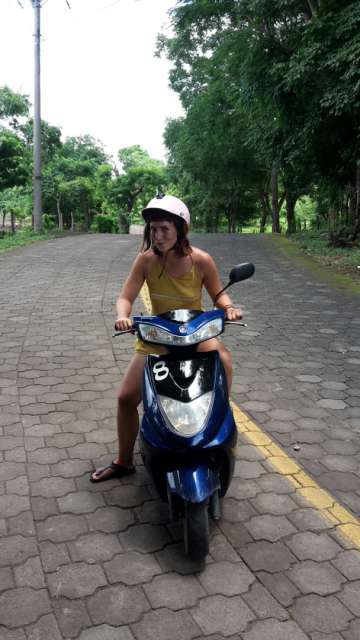
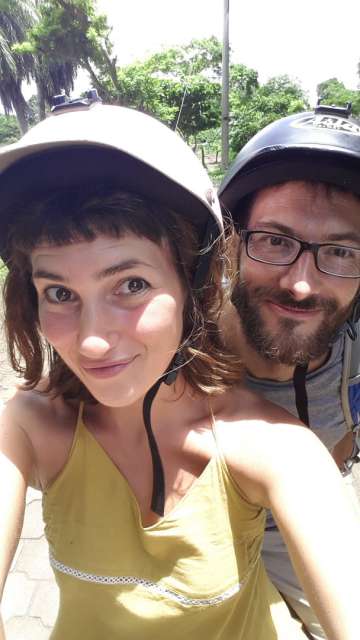
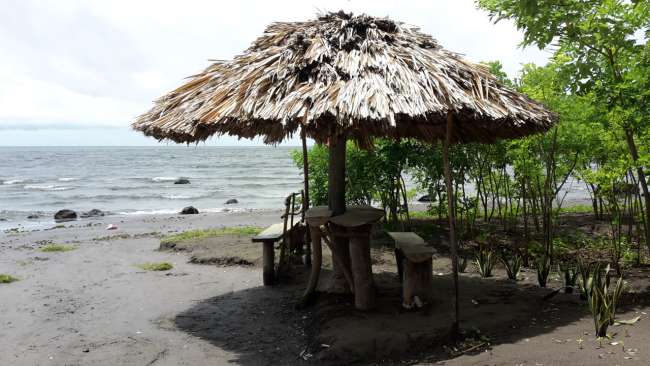
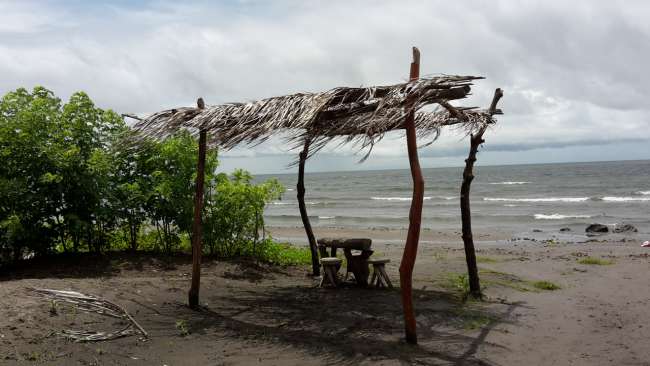
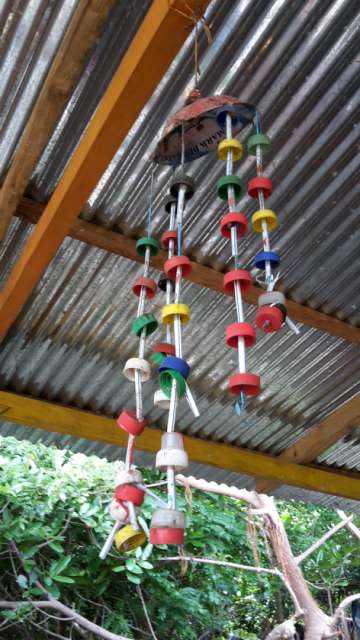
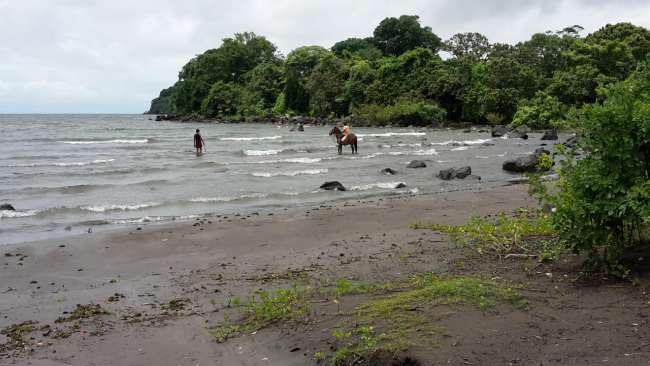
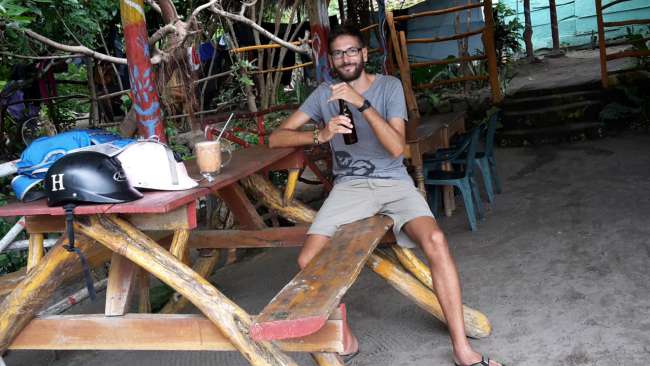

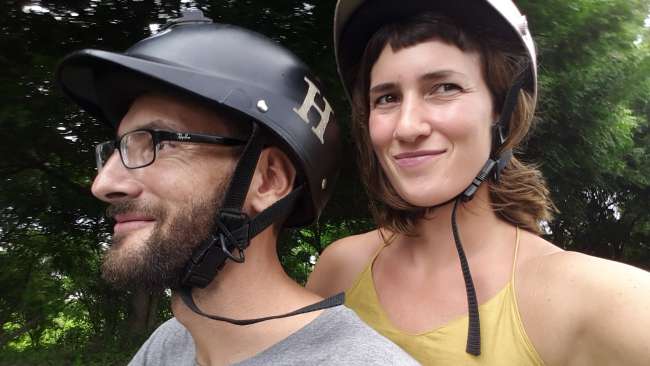
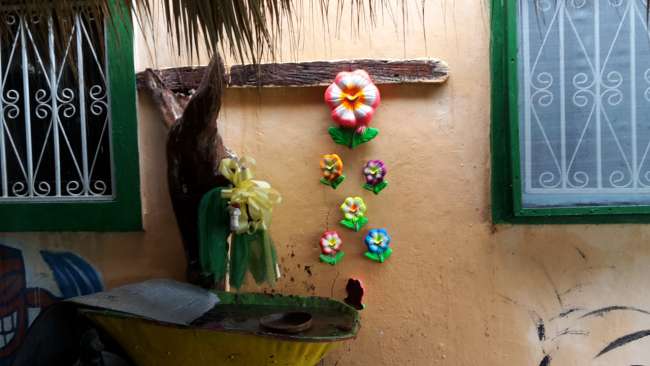
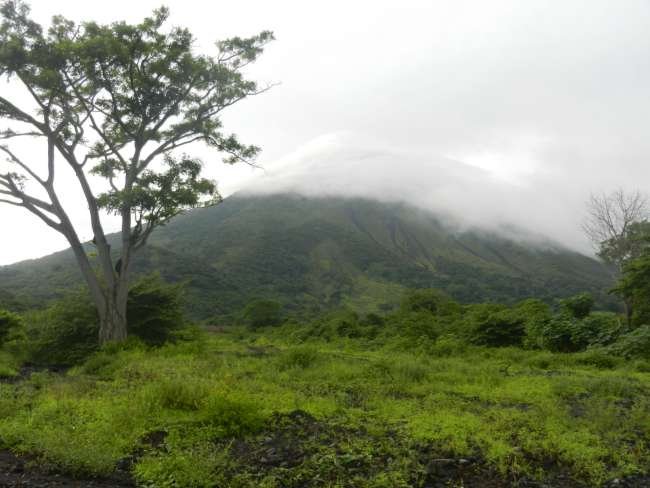
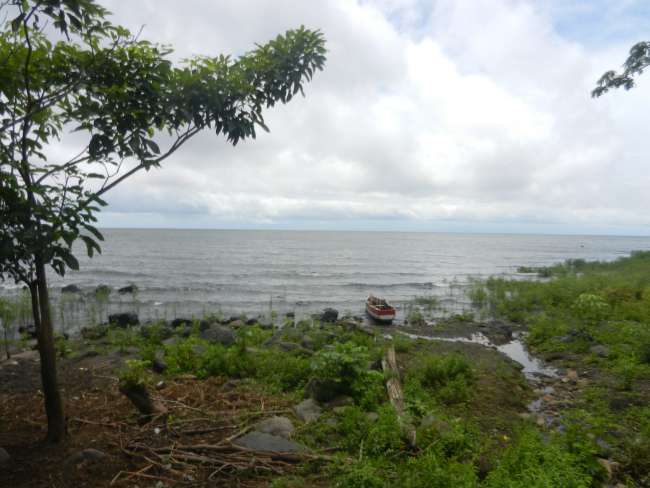
വാർത്താക്കുറിപ്പിലേക്ക് സബ്സ്ക്രൈബ് ചെയ്യുക
We only get to know Honduras and Nicaragua briefly because we don't have much time until our date in Costa Rica 😚 In Honduras, we head straight to the Caribbean island of Utila and spend only one night on the mainland in La Ceiba in the worst accommodation we've had so far, where we both feel pretty disgusted and I think we're not picky 😉 Honduras is by far the poorest country on our trip and you can see that as soon as you cross the border and see begging children roaming. On the island of Utila, the locals seem to be better off. Everything here revolves around diving, which attracts some diving enthusiasts, including us 😀 Because diving here is comparatively very cheap and the reef (it's still the same reef as in Belize) is beautiful, we decide to do the advanced diving course after a few fun dives and we don't regret it for a second! You learn some new skills, especially regarding buoyancy, you also dive deeper, learn a bit about dive navigation, do a wreck dive (our highlight!) and a night dive. The night dive caused a lot of excitement for us, especially for me, in advance, in the end it wasn't that bad, but it's already crazy to dive with a flashlight in the dark ocean! We have a lot of fun during the diving course and enjoy the underwater world! With each dive, you learn a little more about the animals, very exciting. Apart from that, there's not much to tell about Utila, we're always in the water, either diving or at the beach...
The island is bilingual - English and Spanish. English, because it was obviously colonized by the British. Many of the Afro-Hondurans speak English as their first language and learn Spanish later in school. The Mestizo population on the island speaks perfect English in addition to their mother tongue, Spanish. Unlike the Guatemalan population, the Honduran population is mixed (indigenous-European-African), which sometimes leads to very beautiful results, such as dark-skinned people with light eyes and blonde curls. Unfortunately, the people don't take care of their little paradise at all, it seems that there is absolutely no environmental awareness. Everything is full of plastic and other trash and nobody seems to care 😤😭, even though there is a trash can every 5 meters on the beach.
From La Ceiba, a bus takes us to Nicaragua. We drive through poor areas in Honduras, including the capital and many banana, pineapple, palm oil, and coffee plantations. At the border between Honduras and Nicaragua, we had to wait for over 2 hours. The reasons for this are unknown to us, it just took forever! It's funny that anyone entering Nicaragua has their body temperature measured. Yes, you read that right 😁 If you have a fever, you can't enter. After the immigration experience in New Zealand, where they washed and disinfected our shoes and tent at the airport, this was our second funniest border crossing experience.
Our first destination in Nicaragua is Leon, the political and intellectual center of the country. Leon is a lively university city with a lot of culture, old colonial buildings, and a lot of horse clatter. Horses are still used as a means of transportation here. The theme of the revolution, which took place here in the late 70s against the dictatorship, is also very present. Several pictures of guerrilla fighters on houses, a mausoleum, and a revolution museum are among some memories of this eventful time. In addition, Leon is home to the largest cathedral in Central America, whose domes can be climbed. But the best thing about the city is definitely its student atmosphere and its very friendly residents. We really wanted to see the Revolution Museum, but its opening hours are more like suggestions and it was closed during the official opening hours, even though there were staff there 😦 it happened to us with a few other things and I have to say, in that respect, I like ordered conditions 😉 it's annoying to stand in front of a closed door or be turned away, especially when you've inquired beforehand. Well, Germany has advantages, but in many ways it's somewhat boring, as we think.
One day we take a trip to the Cerro Negro volcano, which is only about 25 km from Leon. It is only 700 and a few meters high, the ascent is very easy and you have a very good view of many other volcanoes in the area and the craters of Cerro Negro itself (it has 5 craters). Once we reach the top, we put on a protective suit, lie on a wooden board, and slide down the volcano. From above, it looks steep and somewhat scary, but it's just a lot of fun and in no time you're back down 😁
From Leon, we pass through more banana and sugarcane plantations to the volcanic island of Ometepe, located in Lake Nicaragua. It's a small miracle that we survived the boat trip, as overloaded and broken down as the boat was! 😉 The island is home to 2 volcanoes, Maderas and Concepcion, which are unfortunately almost always covered in clouds during the rainy season. But even without the volcanoes, the island has a lot to offer. We explore it with a scooter and get to know some of its villages, its beaches, and a lagoon called "ojo de agua". There's not much traffic on the island, mainly you share the road with chickens, cows, pigs, horses, dogs, and goats, as well as a few other scooters and motorcycles. Here too, we experience the people as very warm-hearted, young and old greet and wave at us... beautiful.
The hostel is very relaxed, but sleeping is difficult as always. Uncomfortable, bad mattresses, heat, thin walls, often loud music, and there's always a rooster crowing somewhere in rural areas 😉 Let's see how it continues in Costa Rica, that's where we're going next!
In Honduras and Nicaragua, we are only on a brief journey because we don't have much time until we reach Costa Rica, where we meet some friends from Germany. In Honduras, we decide to go diving because it is very cheap here compared to other countries. For this, we go to La Ceiba, where we spend one night in the worst hostel we've had so far. Is it so difficult to provide clean sheets?! Well, luckily it was only one night. The next day, we take the ferry to Utila, a Caribbean island in Honduras where we are going to dive. It is actually the same coral reef that we saw in Belize. After doing 4 dives, we decide to do the advanced open water diver certification, which includes the adventures of underwater navigation, deep diving, diving on a wreck, buoyancy control improvement, and night diving. Of all these adventures, the one we liked the most was diving to see the ruins of a sunken ship. Night diving is also an experience, as you dive with your flashlight in the middle of the darkness.
There is not much else to say about the island except for diving. There is a total mix of ethnicities, and people speak English as their first language and later learn Spanish in school. It seems that the island belonged to Great Britain for some time. And although people here live in a small paradise, there doesn't seem to be much interest in protecting it, as there is garbage and plastics in many places on the island, including the beaches.
From there, we take a super long 20-hour bus ride to Leon, Nicaragua. Out of those 20 hours, we have to deduct about 2 at the border crossing, where they even took our body temperature to make sure we're all healthy before entering the country :). Leon is the intellectual center of Nicaragua, with a very university-like atmosphere. The theme of the revolution is also very present on the streets, with very beautiful murals and all kinds of sculptures and mausoleums reminding of Sandino and the guerrillas who were part of that revolution and the subsequent one with the Sandinista National Liberation Front. The figure of the poet Ruben Dario, who lived and died here, is also very present. The cathedral of Leon is the largest in Central America and is worth a visit. But what we liked the most is the lively atmosphere of its streets.
One day we decide to take a tour to the Cerro Negro volcano near the city, whose last eruption was in 1999. The volcano is not very high and it is quite easy to climb. The views are impressive, and you can see the rest of the seven volcanoes that surround the city of Leon. Once you reach the top, you don't have to walk back down :), as the people from the tour provide you with equipment that you have to carry up the volcano :), to slide down like on a sled. It looks impressive from above, but once you start sliding, it's quite a lot of fun. However, when you reach the bottom, you have half the volcano on your head 😃.
In the afternoon, we want to visit the Revolution Museum, which closes at 6, but when we get there at 4:30, they tell us it's already closed 😤. Well, we decide to have a drink in a café and manage to spend the afternoon entertained.
To conclude our trip to Nicaragua, we go to the island of Ometepe in Lake Nicaragua. We arrive in Rivas by bus and from there we take a little boat to Moyogalpa, the largest town on the island. The boat ride is a little adventure, as it is practically ready for scrapping, and in fact, they make you put on a life jacket right from the beginning. The next day, we decide to rent a scooter to explore the island, or at least the part we can, as there are roads only accessible for 4x4 vehicles. Now in the rainy season, the volcanoes Maderas and Concepcion cannot be seen clearly, but we visit some small towns, the beaches of the island, and the "ojo de agua" lagoon, where they inform us that after bathing, you have rejuvenated 10 years, quite something! :-). The trip with the scooter is quite enjoyable, as there is hardly any traffic and you can relax and enjoy the scenery, observe the people, make stops whenever you want, see the hundreds of farm animals...
Now we are going to San Jose, Costa Rica, where we will spend 2 weeks enjoying its natural parks and beaches.
വാർത്താക്കുറിപ്പിലേക്ക് സബ്സ്ക്രൈബ് ചെയ്യുക
ഉത്തരം
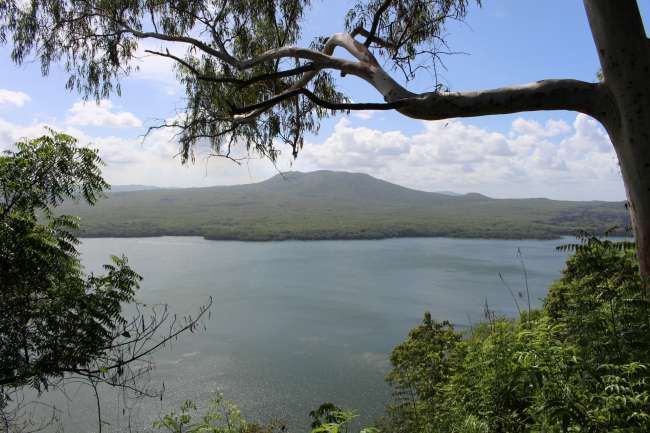
യാത്രാ റിപ്പോർട്ടുകൾ നിക്കരാഗ്വ
